There are many forms of storytelling like written, oral, digital, etc., and in photography, storytelling is usually called a photo essay or photo story and it’s a rather common practice. If you read magazines like National Geographic, you’ve surely seen some great examples of photographic storytelling many times.
To put it simply, it’s a way for a photographer to tell a story with a series of photographs or even single photograph sometimes. In case of a series of photographs, images are ordered in a specific way for telling stories, with the aim of affecting the viewer’s emotions and intellect.
The following 6 fundamentals of storytelling through photography can be very useful especially if you’re still new to the concept of storytelling in photography and you want to learn how to tell stories with your photos:
1. Careful Planning
Planning is one of the most important parts of visual storytelling process. You must plan in advance how are you going to visualize the story you have in your mind. The planning process should include selecting the topic, doing a research on the topic and planning your shots – they should be very diverse and visually appealing. You should also consider using some symbols in your images in order to convey your message more clearly.
Often during a shoot, you might not be able to capture the photos in the exact order you planned. However, keeping this order in mind can help you avoid chaos and edit the story in less time.
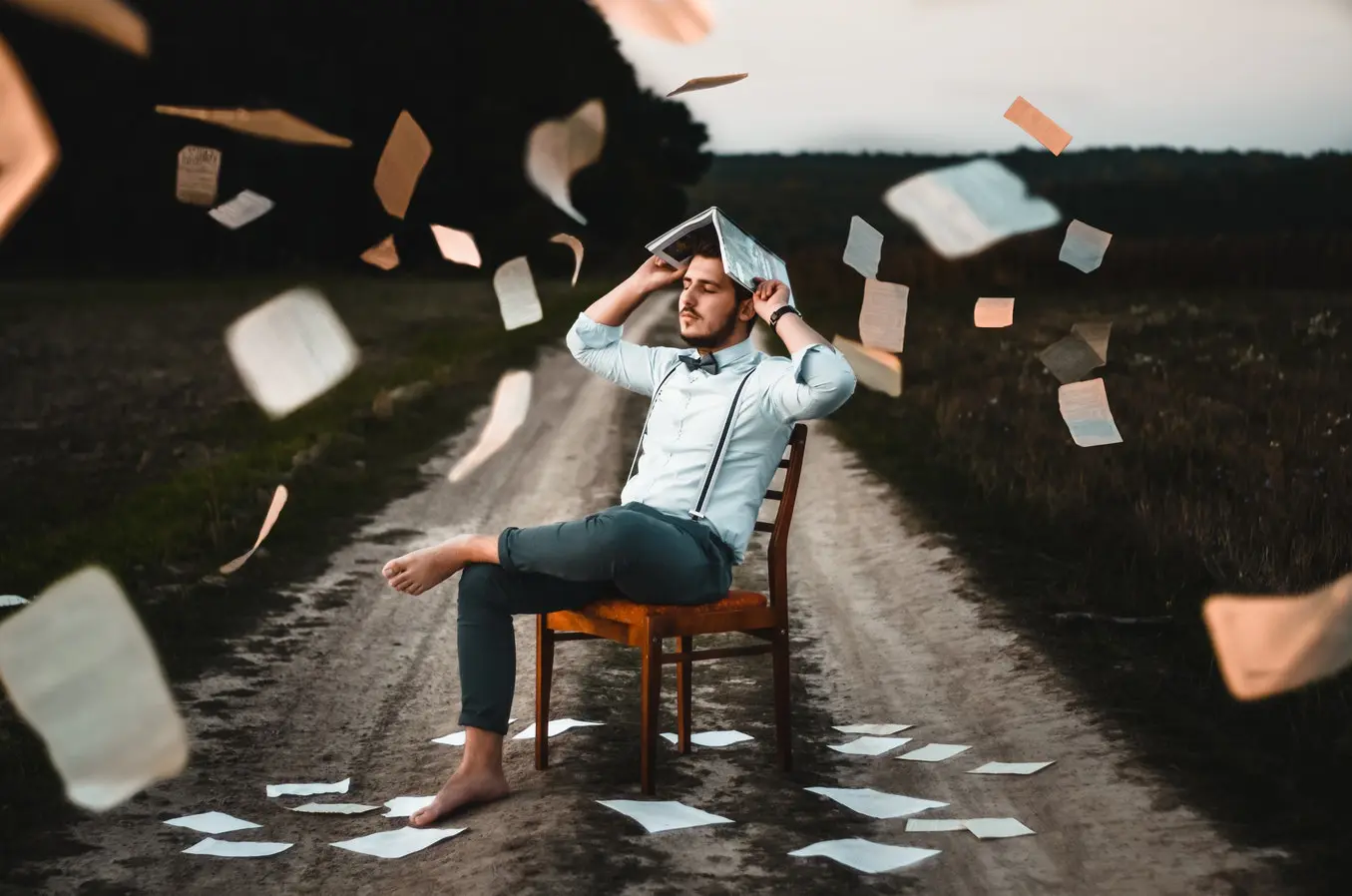
In addition to this, there’s a practical value of planning your shoot ahead. If you carefully scout the area you will shoot before the actual session, you will know what kind of lighting is available (and what to bring) and what kind of weather patterns you can expect. Street photography is also a form of documentary photography that is great example for conveying stories through photographs and this can be executed well if you walk around the area, so you get an idea of what to expect.
When it comes to storytelling in travel or documentary photography, each place and its people will have specific tales to tell and this can be purely entertainment or to do with cultural preservation or even aimed at societal issues aimed at instilling moral values. It can be pretty useful to learn a little bit about the local culture, cultural practice, events, and behavioural patterns of the subjects you’re going to photograph.
Never assume that everything will happen smoothly and that everyone will behave just the way you expect them to! Be prepared to tackle various issues that may arise at any time.
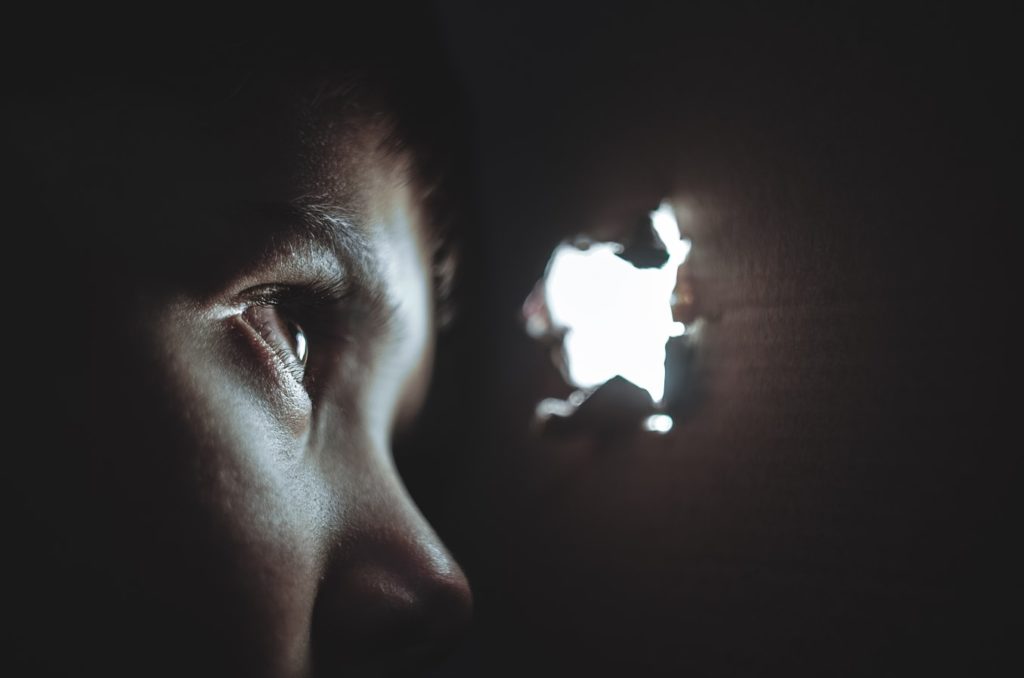
2. Single Shot VS Photo Series
Can a photographer narrate better stories with a single image or with a series of images? While it’s not easy to answer this question since it depends on the topic of storytelling, it’s still important to remember that a single image is only a “semi-truth” because it’s impossible to tell everything in just one photograph. A single frame might be very powerful but it’s still only a part of the bigger picture.
On the other hand, a series of photographs allows a viewer to process each image independently and then connect multiple images into a cohesive storyline. The first and last images in a series are the most important because they have to be strong enough to grab a viewer’s undivided attention.
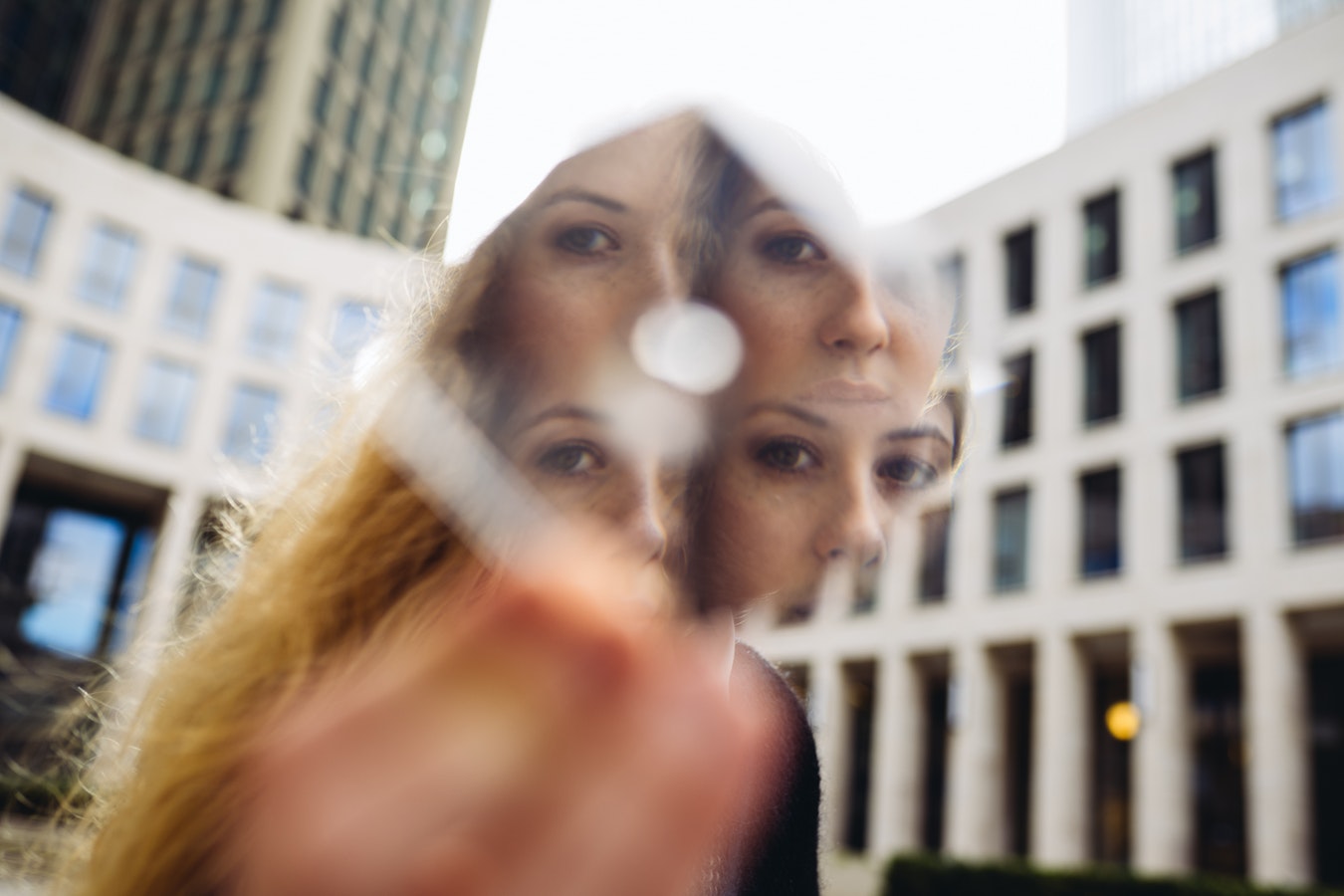
In addition to choosing whether you want to tell stories with a single or multiple images, you should also decide what kind of story do you want to tell. You have two options – open or closed stories.
Open stories are quite interesting because they give a lot of freedom to both photographers and their audience. This means that the viewer’s past emotions and experiences will affect the way your story is seen and interpreted. On the other hand, a closed story doesn’t leave a lot of room for open-ended interpretations. It should be organized and told in a rather straightforward way so that everyone can come to the same conclusion.
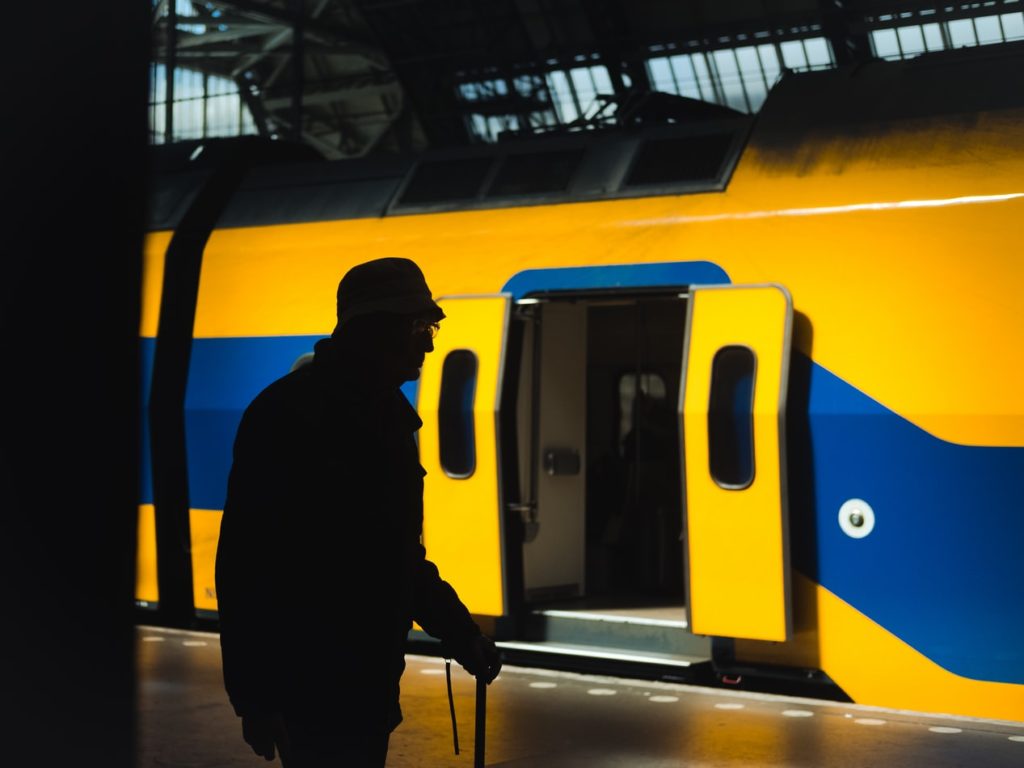
3. Strong Emotions
No matter how brilliant your storytelling pictures are in terms of their technical properties, they also have to have a strong emotional impact on your viewers and this is an important part of creating visually interesting images. Photography is not just the practice of creating visually appealing images, but capturing memorable images with strong emotions.
Emotions can be well communicated through body language and hence can be portrayed well by photographing full portraits of the people being photographed. Not all images must contain a human figure or human interaction to be emotionally strong. In fact, they can contain anything from a landscape to abstract visuals – the only thing that matters is that they can evoke strong emotions in the viewer’s heart.
In addition to evoking strong emotions, storytelling images should be carefully layered with meaning. This is usually the most difficult process in storytelling because it doesn’t allow us to take just random pretty images. These intentional layers of meaning should be the main criteria when selecting and arranging the images for the story.
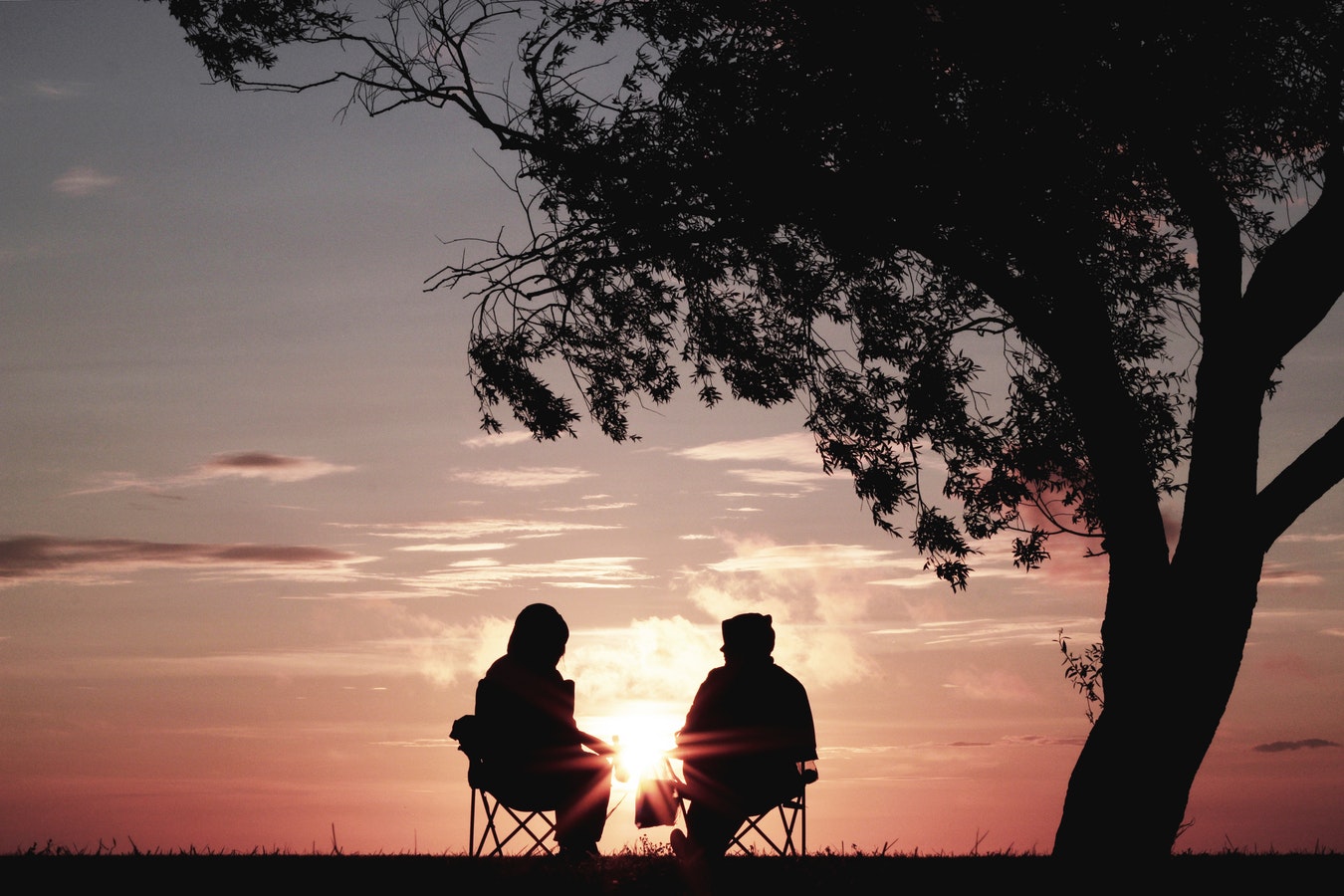
Think carefully about colors when you want to create certain emotions in your storytelling photographs. The color scheme and even the white balance you choose can be great tools for conveying certain emotions. Knowing the color theory can help you create rather bold and memorable images!
Colour theory plays a great role in photography and it can be rewarding when used effectively in storytelling. Experimenting with a colour scheme like warm and cool colours will allow you to quickly change the atmosphere in your images. For instance, if you focus on the spectrum of reds that will increase the sensation of joy, intimacy, passion or pleasure. On the other hand, cold bluish colors will transmit the feeling of calm or perhaps unhappiness and isolation.

4. Aiming For Variety In Your Storytelling
Everyone likes variety! Since you certainly don’t want your viewers to get bored and consider your storytelling skills weak, you need to challenge their imagination by offering them a variety of shots. Just focusing on one kind of photograph won’t tell a whole story – you need to pay attention to details and become flexible when it comes to your shooting style and aesthetic preferences.
You need to shoot portraits, landscapes, abstract images, wide-angle shots, action shots, zoomed-in details and so on in order to tell a whole story.

5. Being Original
Originality might seem like an overrated concept, but it’s quite important especially in storytelling photography. It’s hard to come up with an original scenario that can truly entertain your viewers. It’s challenging to create something unique with billions of images that can be seen everywhere these days.
However, it’s a great practice to strive for originality and stand out from the crowd whenever possible.

6. Narrative Structures
Stories must have beginnings, middles, and ends and the same principle holds true for visual storytelling too. If you’re just starting out a series of pictures, you can practice storytelling by trying to form a chronological narrative structure. Just like a movie, your photo essay should have an opening shot, establishing shot, interactive and sequential shots, and a closing shot.
In case you want to make something more experimental, you don’t have to stick to these rules but you should still have some kind of minimal narrative structure to guide your viewers through the stunning pictures.

The idea of photographic storytelling becomes even more interesting when there are illustrations and this is the exact reason why everyone likes photo essays. A picture can be greater than a thousand words!
The illustrations somehow make the stories alive and more memorable and because of this, it’s definitely worth the effort to learn the process of sharing stories with photographs.
Further Resources
- 3 Steps to Becoming a Better Photographic Storyteller
- 15 Easy Tricks For Getting Better Photographs
- These 3 Simple Facts Show You How to Take Control of Your Camera
- How to Create Storytelling Photography That Will Captivate Your Audience
- The Art Of Visual Storytelling – In Pictures
- How to Master The Art Of Storytelling With Your Photography




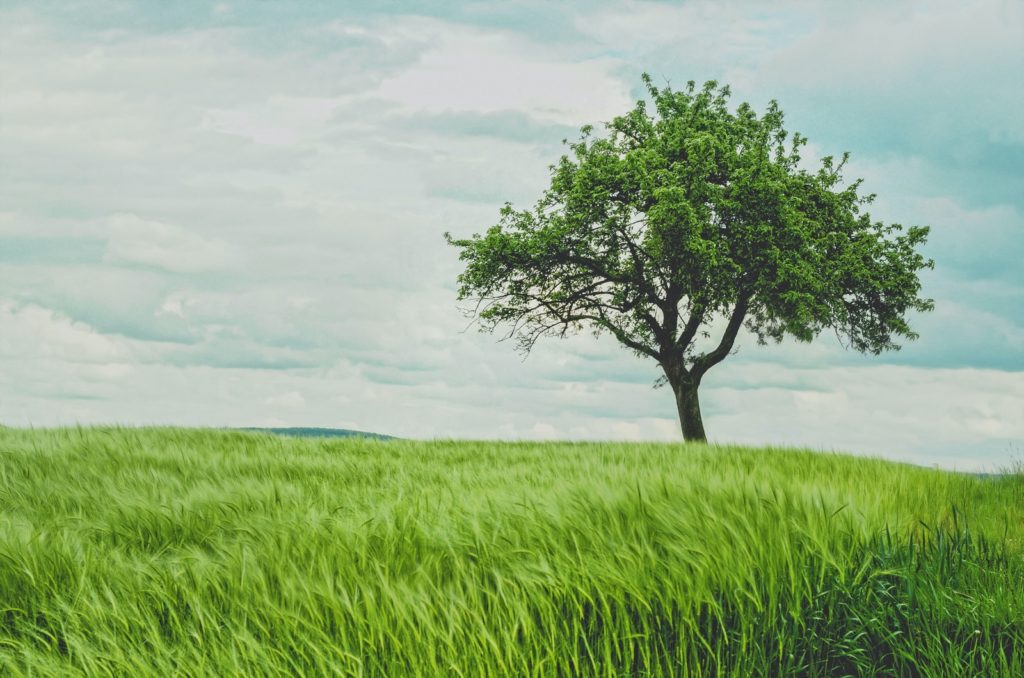
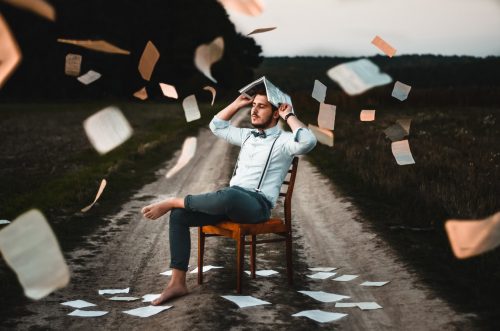
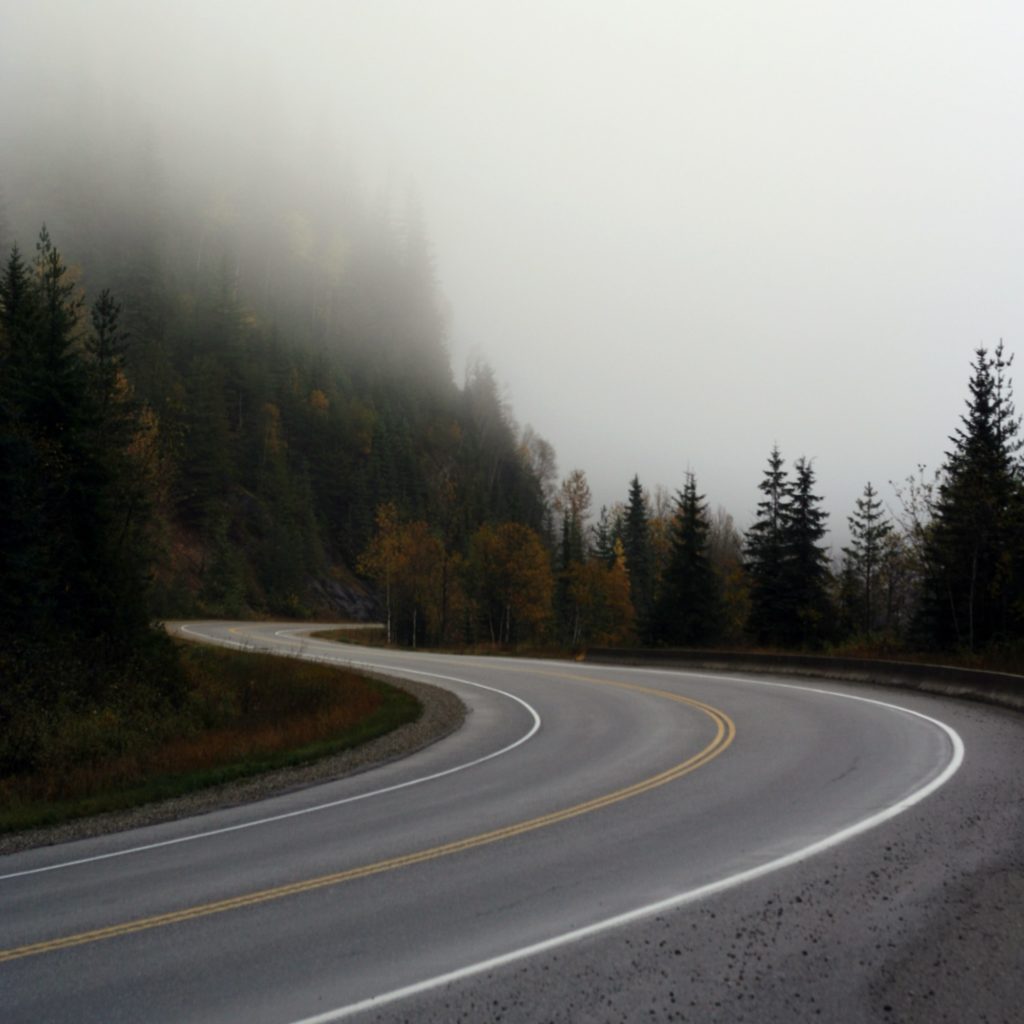
5 Comments
Being original? how? Only God is original….nobody could be original
you must have said: BE CREATIVE
your religion is like your penis.
keep it to yourself.
These are all great concepts however, you have completely overlooked the wedding photographer. They are the masters of storytelling, you have to start by knowing that you are shooting for the clients “once in a lifetime” wedding album… usually it’s a 12 hour day! The emotion seen by clients is incredible!
Jasenka, maybe next time, you’ll give credit where it’s due. In the case of this article, this is the original one, written by Mark Brion: https://m arkbrion.co m/ the-power-of-storytelling-through-photography1/.
Run them both through web archive. You will see that Jasenka’s is the original.